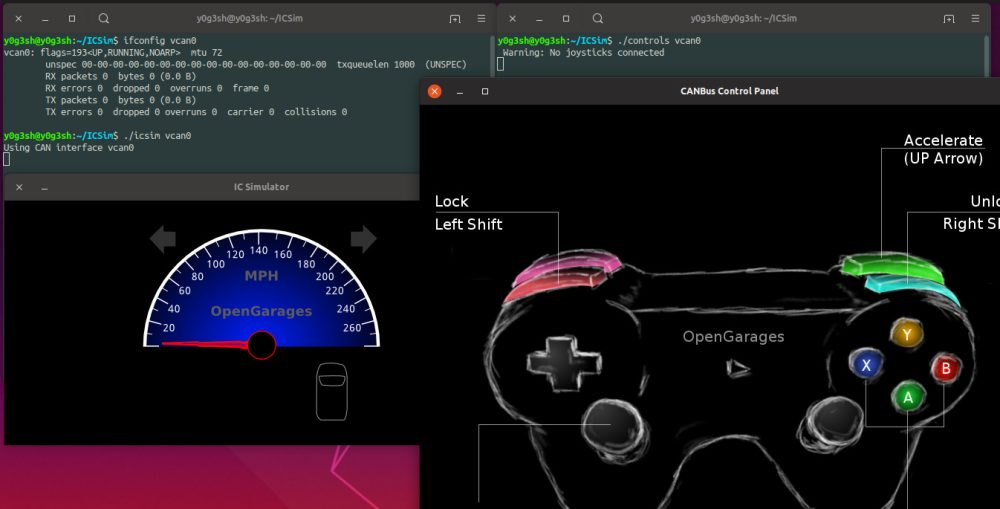
Backdoor Attack in Car ECU Hacking
Sometimes front door attacks are too tricky; you may not have the right tools or the lock might be too hard to figure out. Don’t despair—remember that automotive control modules are embedded systems, so you can use all the usual hardware-hacking approaches. In fact, using more direct-to-hardware backdoor approaches often makes more sense than trying to reverse engineer the front door lock placed by the factory, especially when trying to reprogram engine modules. If you can obtain a dump of the module, you can often disassemble and analyze it to figure out how the keys to the front door work. The first step in a hardware backdoor attack is analyzing the circuit board. When reversing a circuit board of any system, you should start with the largest chips first. These larger processor and memory chips are likely to be the most complex. It’s a good idea to make a list of part numbers to feed to Google, datasheet.com, or something similar, to obtain a copy of the data sheet. You’ll sometimes encounter custom application-specific integrated circuits (ASICs) and one-off chips, especially with older ECUs, which will prove more difficult than off-the-shelf parts. In many cases, you’ll have to infer the function of these parts based on how they’re connected to identifiable parts. It’s critical to look out for memory chips—SRAM, EEPROM, FlashROM,
one-time-programmable ROM, serial EEPROM, serial flash, NVSRAM, and so on. The type of memory used varies immensely from one platform to another; every single variety listed here has been found in the wild. Newer designs are less likely to have parallel memories and more likely to have serial chips. Newer microcontrollers are less likely to have any external memories at all, as their internal flash capacities have dramatically increased. Any nonvolatile memory chip present can be removed from the circuit board, read, and then replaced. Next blogs goes into much more detail on reverse engineering the circuit board.
Exploits
Although arguably just another example of a backdoor approach, exploits deserve special attention. Rather than taking apart a computer, exploits involve feeding a system carefully crafted inputs to make it do things outside normal operation. Typically, exploits build on a bug or problem. This bug might cause a system to crash, reboot, or perform some undesirable behavior from the perspective of the vehicle user. Some of these bugs present the opportunity for buffer overflow attacks, which open the door for commandeering the vulnerable device merely by feeding it unexpected inputs. A cleverly crafted set of inputs triggers the bug, which then makes the device execute arbitrary code provided by the attacker instead of triggering the usual fault condition.
Not all bugs can be turned into exploits, however—some bugs only cause problems or shut down core systems. And while bugs are usually discovered by accident, most exploits require careful craft. It is unlikely that you’d be able to turn a known bug into an exploit without also having prior knowledge of the system, usually gained from firmware analysis. At a bare minimum, you’d need basic knowledge of the architecture in order to write the necessary code. Most of the time, this knowledge needs to be gathered through research prior to writing an exploit. It’s hard to find bugs that make suitable attack vectors and it’s often just as difficult to write exploits for them, so exploits that build on bugs are fairly uncommon. While it is foolish to discount the relevance of exploits, the other methods presented here and in Next blogs are much more practical paths to understanding and reprogramming automotive systems in most cases.





